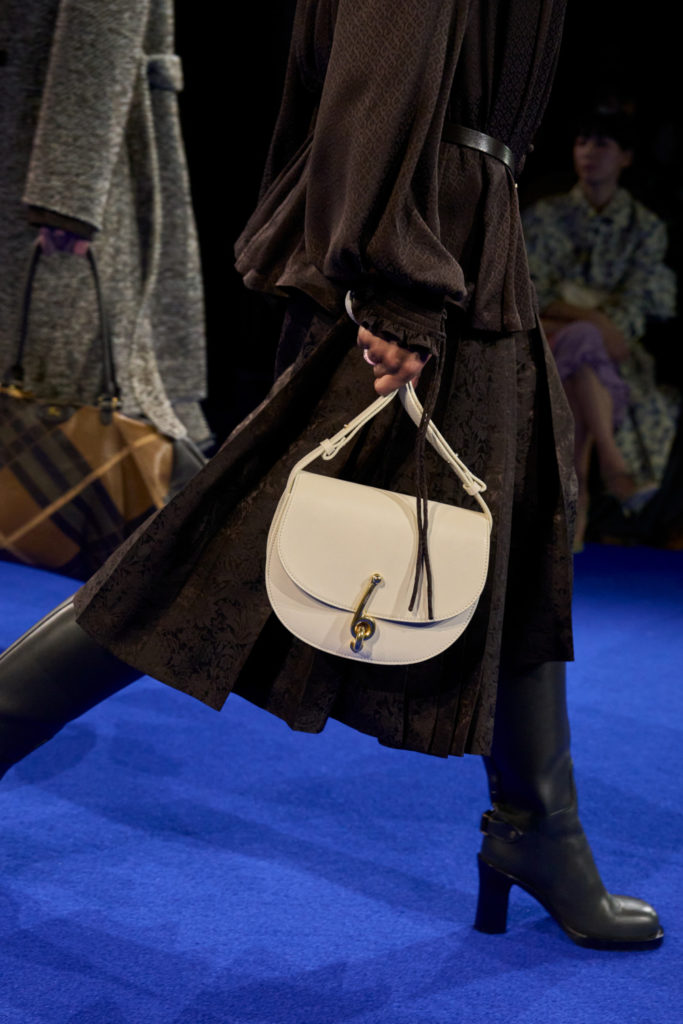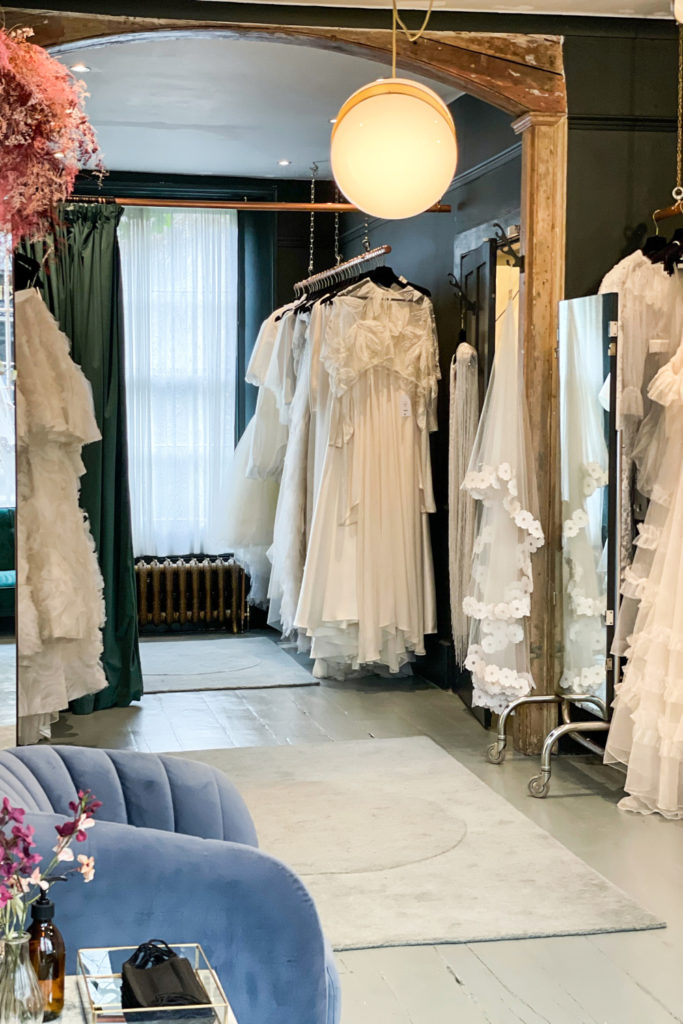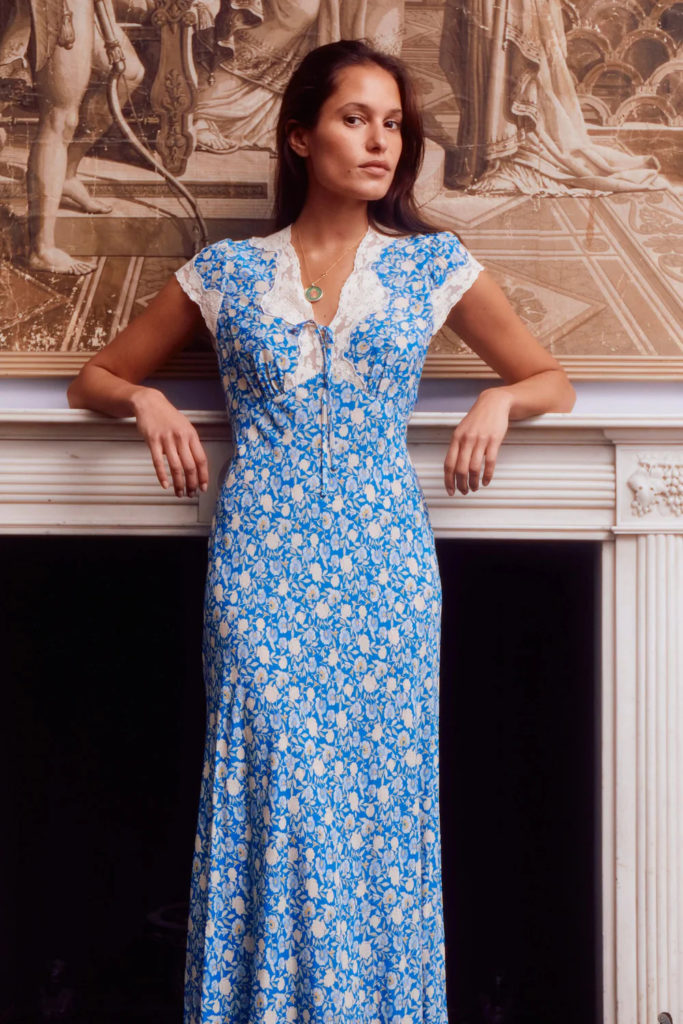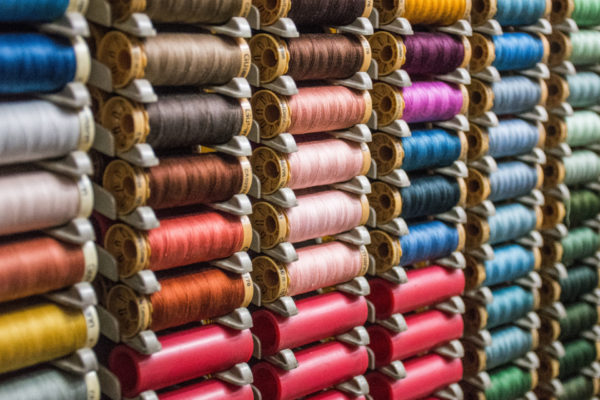Can Leather Ever Really Be Ethical?
By
12 months ago
The leather industry, explained
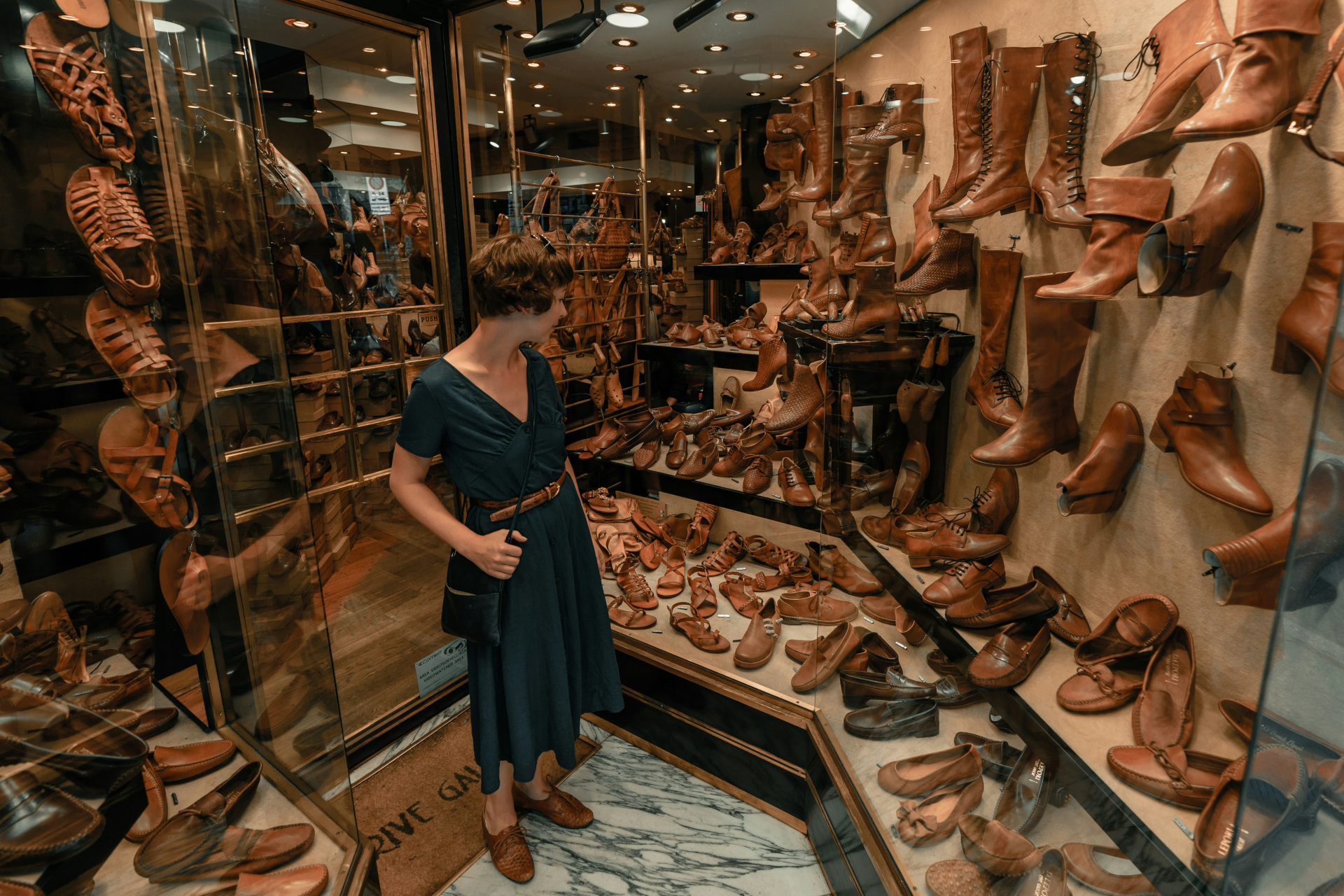
Leather: some love it, some hate it. But in today’s landscape of leather standards, material alternatives and environmental debates, can it really be considered an ethical investment? We tapped the minds of the experts at British luxury leather brand Tusting to find out what we should know about the material.
A Guide To Ethical Leather
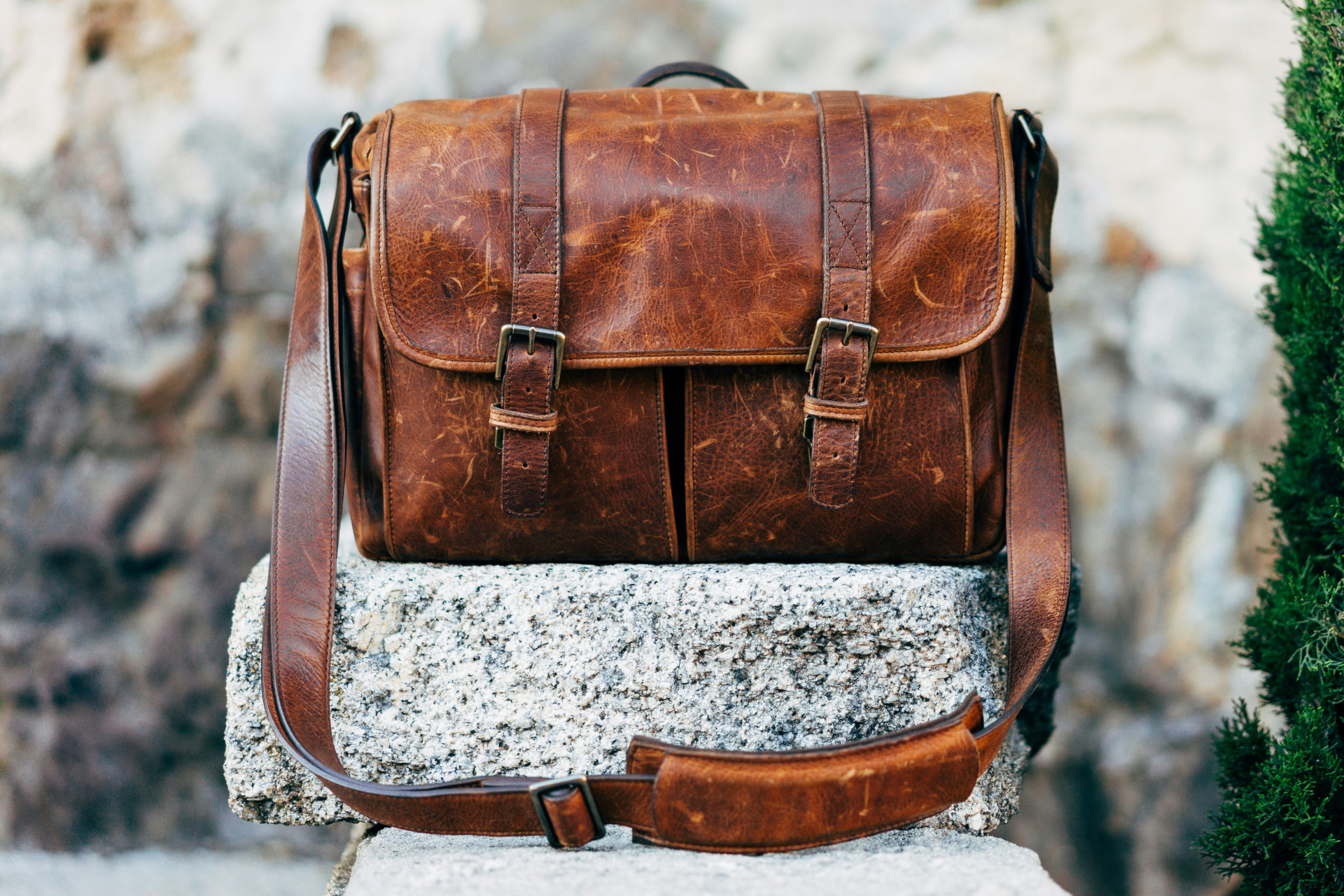
(c) Alvaro Serrano, Unsplash
What Is Leather?
First things first: what exactly is leather? Leather is a material made from the tanned skin of animals – primarily cattle, sheep, goats, and pigs – and it is used in a number of industries, including interior design, fashion and accessories. ‘Leather is one of the oldest materials that humans have used; the earliest known traces of leather are probably from over 8000 years ago in Pakistan,’ add Gillian and Alistair Tusting, the husband-and-wife-duo behind Tusting. ‘With such a long heritage, leather has been supplied in a similar way to fabrics such as cotton or wool, where the raw material was local and the processing was also local. Over the last few hundred years, tanning has slowly transformed into a global industry. There can often still be a link to local raw material but the biggest tanners in the world are truly global, sourcing their raw material worldwide and selling in a variety of international markets.’
Why Do People Have A Problem With Leather?
You might have noticed that leather doesn’t have the best reputation these days, largely due to concerns surrounding animal welfare, working conditions and the environmental impact of the industry as a whole. We break down some of the key issues (and the misconceptions surrounding them) below:
Animal Welfare
Before we get into this segment, it’s important to note that there are different types of leathers: ‘Leather has always been a by-product of growing animals for their meat and this remains the case today,’ Gillian and Alistair explain. ‘Very few animals are ever grown only for their hide, the exceptions being crocodiles and ostriches where the skin is more valuable than the meat of the animal. These are known as “exotic” leathers and are intrinsically much more expensive since all the rearing costs must be recouped by the principle product – the skin.’
As expected, there are concerns around the conditions in which these animals are kept – in recent years, practices like premature slaughter of calves, dehorning without pain relief and separation of cows and calves have come under fire – but Gillian and Alistair highlight that cattle-derived leather is protected by multiple factors that reduce the occurrence of these events. ‘There are two main protective factors: national government regulations about keeping farm animals, and consumer pressure driving standards higher,’ they add, outlining the benefits of these standards on other aspects of the industry. ‘The move to higher husbandry standards and organic farming will obviously impact the raw material for tanners, but although they provide upward pressure on prices, these higher welfare standards for animals are helpful as they will result in higher quality raw hides and therefore better leathers.’
Working Conditions
As with any fashion-facing operation, there’s also the concern of not really knowing how and where leathers are being produced – and whether workers are given safe working conditions, fair wages and other labour rights violations. But, as Gillian and Alistair note, the standards surrounding leather production and traceability are getting stricter. ‘Tanneries are capital intensive operations and require skilled and knowledgeable people to operate them, therefore the working conditions have been improving constantly as they need to recruit good people to operate them,’ they say. ‘The level of traceability is improving constantly, especially for higher-quality and luxury leathers. The Leather Working Group (LWG) monitor this, as do some of the biggest brands.’
Environmental Impact
And then there are the many concerns surrounding sustainability, especially with reference to chemical uses, greenhouse gasses and deforestation. Alongside leather production using toxic chemicals and processes that can pollute water, soil, and air, the industry is also renowned for be a major polluter (it’s estimated that 624kg of CO2 is emitted per tonne 1000 kg of putrefied hide). But these are not issues that are going unaddressed. ‘The whole tanning industry is aware of the need to manage and improve their impact on the environment,’ Gillian and Alistair highlight. ‘This is being shown by their willingness to accept external audits by organisations such as the LWG which certifies the whole tanning process from traceability of the raw material, care of people and especially impact on the external environment. There are also some very real innovations occurring in the tanneries with regards to reducing or even removing their carbon footprint, and that includes work done here in the UK.
‘We also need to remember that leather is a recycled product,’ they add. ‘If we were not making leather from the hides, then almost all of them would be sent to landfills, aside from the small amount that is used to make industrial collagen. Tanneries, therefore, take waste material and use it to make a very versatile and incredibly durable, yet still biodegradable, material – that’s hugely preferable to dipping into fossil fuels to help create non-animal-based alternatives from scratch.’
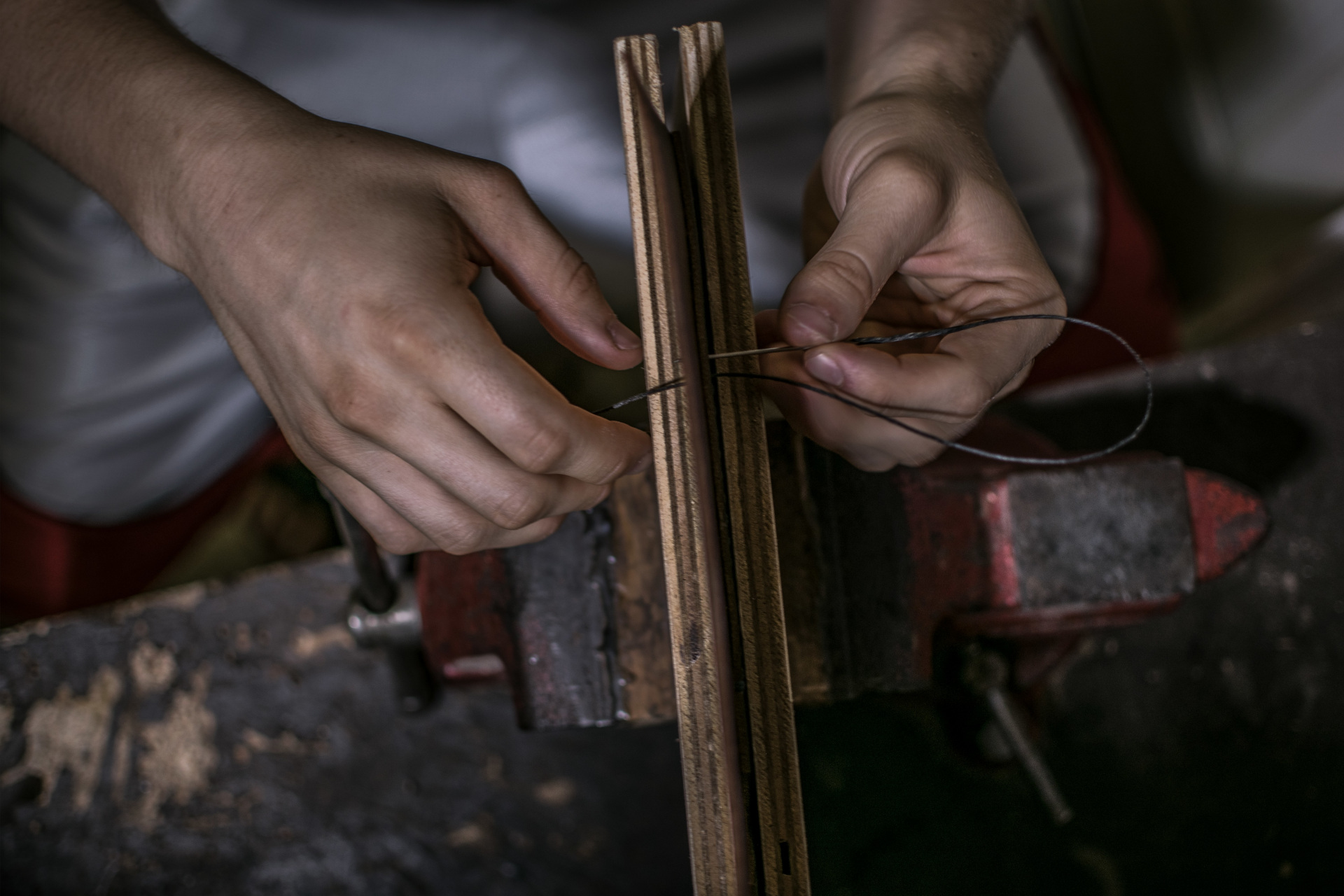
(c) Unsplash
Are Leather Alternatives Better Than Real Leather?
The alternative (aka, not animal derived) leather market has swelled in recent years – and while some alternatives seem good on paper, they come with their own list of pros and cons. ‘Whether leather alternatives are “better” is very big question that people spend whole degrees and PhDs on,’ say Gillian and Alistair. ‘In short though – it’s about some of the same arguments. Leather starts as a recycled material, and high quality, full-grain leather does not get coated with anything derived from fossil fuels. It’s sheer durability makes it sustainable even without this provenance though – it will simply last longer. In terms of how it compares to other recycled materials though, it requires study into the comparative processes, and use of chemicals, of each one, and consideration of what happens at the end of the life of the product.’
Due to their not using animal products, leather alternatives typically sit under the label ‘vegan’ – although it’s worth noting that these materials, while not having an impact on animals directly, can still have a huge environmental impact. There’s also the risk that they might not perform to the same standards of durability and luxury quality. ‘Inherently, leather (as a recycled waste material) has an advantage,’ they continue. ‘Other alternatives are attempting to recreate the fibre structure of leather and usually involve putting a PU finish onto the surface to provide a comparable surface strength. The environmental impact of taking plant fibres and reconstructing a flat strong material like leather and then finishing it is obviously significant and should not be discounted. The thing that is really important to note is that “vegan” alternatives just don’t come from animals; the vegan label in no way guarantees a more earth-friendly product, but it is widely used in such a way that it suggests it does.’
Can Leather Ever Really Be Ethical?
Gillian and Alistair – and many others directly involved in the leather industry – seem to think so. ‘It’s just really crucial that people understand what lies behind leather production and behind the production of its alternatives,’ they explain. ‘As a recycled material, leather starts with a huge advantage, but most consumers have no concept that that is what it is. It does not have any more of an ethical issue as a recycled material than products such as vegan leather, which are generally made using a backing substrate such as cotton, or other plant fibres, which are coated in polyurethane and given a texture to look like a natural leather.
‘The environmental impact of both of them are complex and making blanket judgments is not sensible,’ they continue. ‘Leather made from hides of animals grown on regenerative farms, tanned and carefully produced, is very different from leather from vast soya-based feedlot operations and finished with polyurethane coatings. The general rule is probably to pay as much as you can afford, as this generally will be supporting the highest husbandry and tanning standards. Good leather is certainly a more sustainable choice than all the common alternatives.’
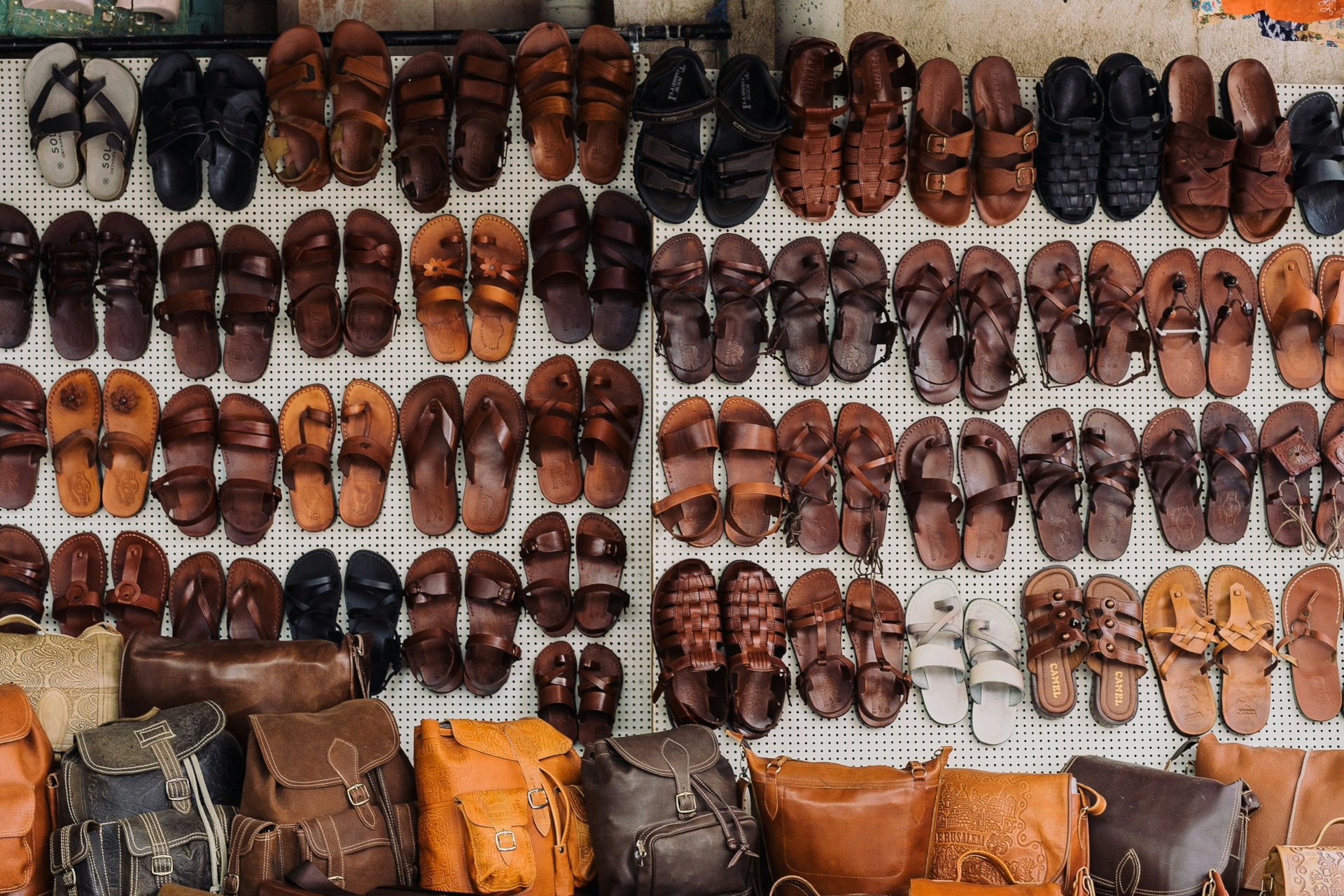
(c) Adam Jang, Unsplash
What We Can Do?
Look Beyond Labels
‘Leather goods themselves are not often labelled since the existing labelling options don’t distinguish between low-grade, PU-coated leathers and premium fullgrain skins,’ Gillian and Alistair warn. ‘But brands will show if their leathers are from certified suppliers such as LWG gold-standard tanneries, so consumers should do their own research into how much a brand is saying about the provenance of their leathers.’
Lifetime Leathers
Another way you can ensure that you’re investing in ethical leather is by looking for quality products that will last a lifetime – and won’t end up in landfill after one season. ‘Buying full grain, high quality leathers will result in the longest lifetime of products,’ agree Gillian and Alistair. ‘These leathers will benefit from good care and occasional maintenance with recommended leather dressings and treatments. Corrected grain and PU coated leathers and alternatives may look more perfect in the shop but they have shorter lifespans, as once the coating is scratched or peels off, there is very little you can do to repair the product. Such materials also cannot benefit from any leather care products since the surface is sealed by the coating.’
Do Your Research
There’s a lot more to know about the industry and what it’s doing to become more ethical, but, as Gillian and Alistair say: ‘That’s where further study and reading comes in. We’d highly recommend following the Leather Naturally account on Instagram or visiting their website where there is a wealth of easily understood information.’
Featured image: Clay Banks, Unsplash

